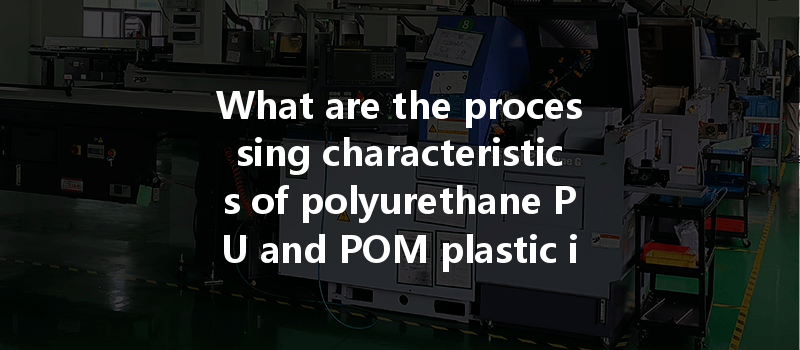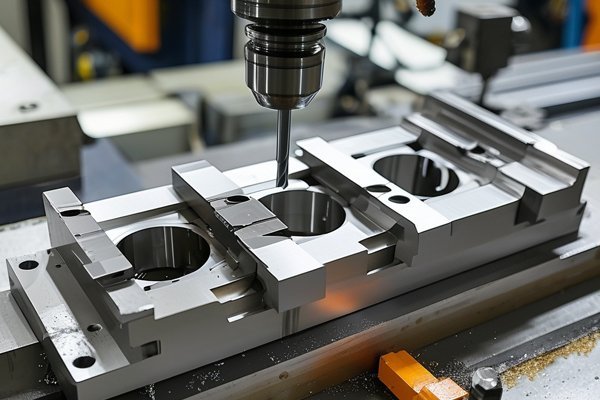—
: A World of Possibilities
Did you know that plastic production accounts for about 8% of the world’s oil and gas production? This staggering statistic underscores the immense role plastics play in modern manufacturing, particularly in high-precision areas such as CNC (Computer Numerical Control) machining.
As industries evolve, so do the materials we use for manufacturing parts and components. Polyurethane (PU) and Polyoxymethylene (POM) plastics are two of the most relevant and versatile materials in CNC machining. But what makes them stand out? How do their unique processing characteristics influence their machinability? This blog will delve deep into these two materials, exploring their properties, processing characteristics, and the techniques required for effective CNC machining.
Understanding the Materials: Polyurethane and POM
Polyurethane (PU)
Polyurethane, known for its elasticity and versatility, is a polymer composed of organic units connected by urethane links. It can be found in both foamed and rigid forms, making it suitable for various applications such as seals, gaskets, and insulations. PU can be categorized into two main types:
Polyoxymethylene (POM)
POM, often known as acetal or polyacetal, is a highly crystalline thermoplastic with outstanding dimensional stability. It is often employed in mechanical applications where precision is paramount. POM is available in two forms:
The CNC Machining Process
CNC machining is a versatile manufacturing process that employs pre-programmed computer software to control the movement of machinery. This process is pivotal for achieving high precision and productivity in the manufacturing of parts made from PU and POM.
Key CNC Machining Techniques
Processing Characteristics of PU in CNC Machining
Advantages of Machining PU
Challenges in Machining PU

Machining Techniques for PU
Processing Characteristics of POM in CNC Machining
Advantages of Machining POM
Challenges in Machining POM
Machining Techniques for POM
Best Practices for CNC Machining of PU and POM
Choosing the right tools for machining PU and POM is critical. Regular maintenance of cutting tools, including sharpening and replacing worn-out bits, will ensure high levels of precision and efficiency.
Careful consideration of the cutting speed, feed rate, and depth of cut can enhance machining performance; adjustments should be made depending on the specific characteristics of PU or POM being utilized.
Implementing effective cooling strategies can prevent material degradation and ensure optimal surface finish.
Post-processing treatments, such as surface polishing or coating, can enhance the durability and aesthetic appeal of machined parts.
Case Studies and Real-World Applications
PU and POM are extensively employed in the automotive sector for manufacturing gaskets, seals, and components requiring low friction and wear resistance.
The precise machining capabilities for PU and POM serve companies in the consumer electronics industry, where lightweight and durable parts are crucial for product performance.
Medical device manufacturers have turned to PU and POM for their biocompatibility, chemical resistance, and high-performance characteristics.
: The Future of CNC Machining with PU and POM
In summary, polyurethane and POM offer unique processing characteristics that can significantly impact CNC machining outcomes. Understanding these materials’ properties enables manufacturers to optimize their processes, implement effective machining techniques, and ultimately produce high-quality components.
Enhanced precision, material versatility, and the ability to withstand demanding applications position PU and POM as vital assets in various industries. As technology continues to evolve, so will the appreciation and application of these remarkable materials.
In an era where innovation drives success, prioritizing understanding the nuances of materials like PU and POM in CNC machining is essential for keeping pace with industry demands. The insights provided in this blog should be a valuable resource for engineers, machinists, and manufacturers alike, prompting deeper consideration on how to harness the full potential of these materials in future projects.
—
This thorough exploration of polyurethane and POM in CNC machining showcases their promise and positions them at the forefront of modern manufacturing practices. Embracing these insights could very well be the key to succeeding in the competitive landscape of today’s manufacturing industry.






